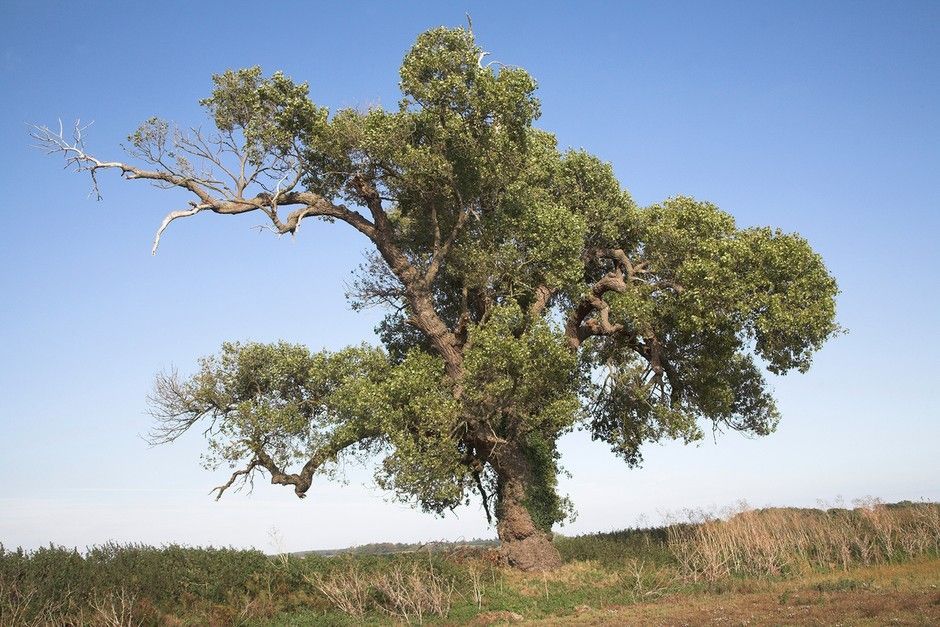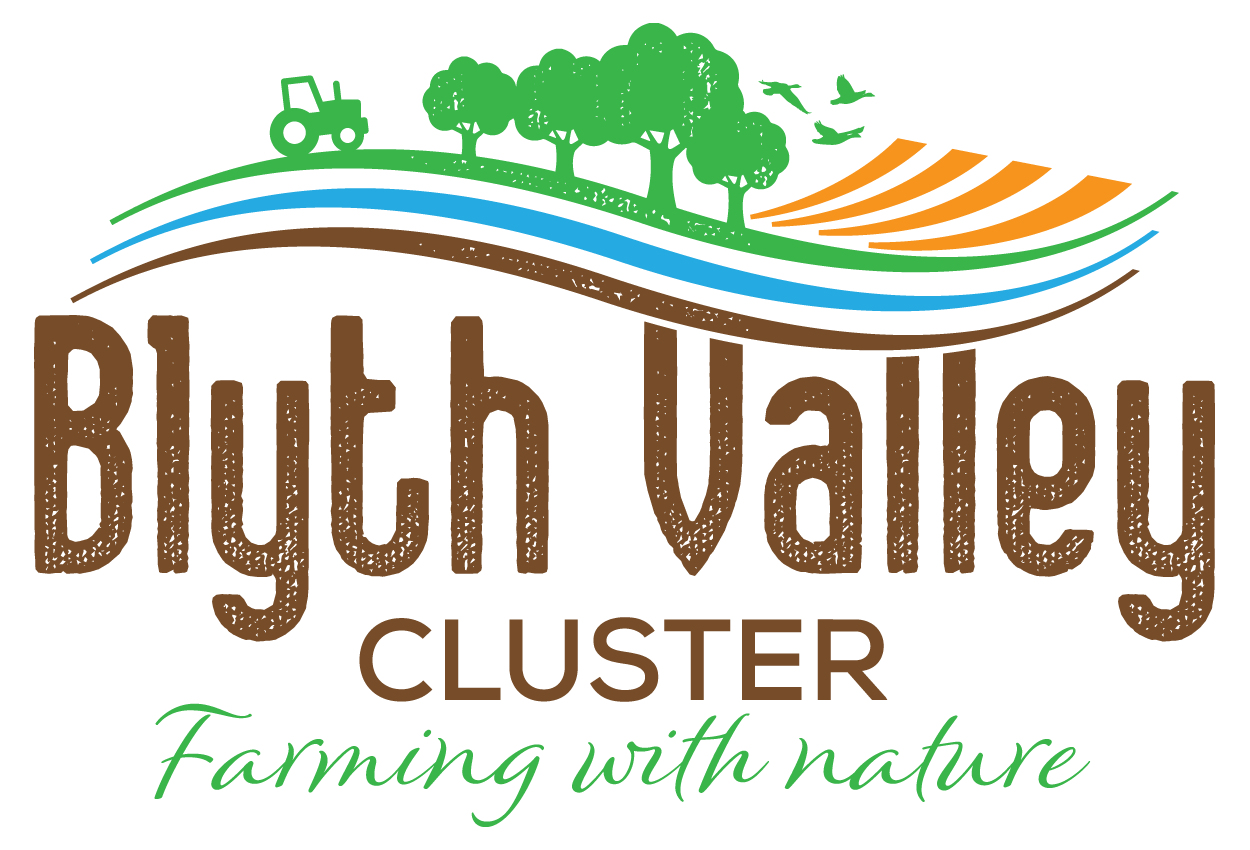Blyth Valley Cluster black poplars projects

Blyth Valley Cluster (BVC) projects.
Project name – Black Poplar
Brief description:
To locate, protect and increase the Blyth Valley Cluster black poplar population
Purpose/aim
The black poplar is a native deciduous tree of moist to wet soils; found in floodplains of rivers, streams, hedgerows and by farm ponds. it is thinly spread across Suffolk in River Valleys and Wetlands. The vast majority of trees are males (producing Red catkins in the spring), with females (producing white cottony fluff in the summer) being quite scarce. Seedlings are very rare, and it is reported that there has not been reproduced naturally for many centuries. Its current distribution reflects the once common practice of striking cuttings in damp places. This has resulted in many trees being identical clones. Suffolk contains a significant proportion of the British population. Therefore, it’s a local (BAP) priority species. – Flora of Suffolk by Martin Sanford and Richard Fisk
Drainage for agriculture has contributed to the gradual decline of black poplar, but more significant has been the loss of this tree's reputation as a versatile provider of timber. It was once a popular choice for construction, domestic and agricultural uses, and was used to make matches, floorboards, carts and many other everyday objects. – National Trust
However, modern timber requirements favour faster- and straighter-growing species, or hybrids selected for these qualities, leaving the black poplar population at around 7,000 trees in the UK.
“Black poplar is the food plant for the caterpillars of many moths, including the hornet, wood leopard, poplar hawk and figure of eight. The catkins provide an early source of pollen and nectar for bees and other insects, and the seeds are eaten by birds. Black poplar is becoming increasingly rare” - Woodland trust.
Currently the numbers of black poplars in the Blyth Cluster is very low and we suspect under recorded.
•To locate native black poplars
•To increase the numbers of native black poplars.
What can be done ?
•Send locations of possible native black poplar to Shauna Waterer (shaunawaterer@hotmail.com) or David Appleton (davidappleton@suffolktreewardens.org.uk 07900 982022 )
•Ask an expert to come out and survey the black poplars to determine if they are native.
•Explore opportunities to increase the black poplar population.
•Continue to connect any potential volunteer wildlife surveyors to survey ponds
Timescales:
Project has already started. Steering group to see, comment on and agree Project Plan.
Community involvement
There will be scope for Community involvement in pointing out black poplars.
Black Poplar Planting Project | Farming and Wildlife Advisory Group South West Limited (fwagsw.org.uk)
Gallery: Clone banks keeping popular rare tree’s account in the black | East Anglian Daily Times (eadt.co.uk)
Black Poplar Project - THE OTTER TRUST
New Paragraph
